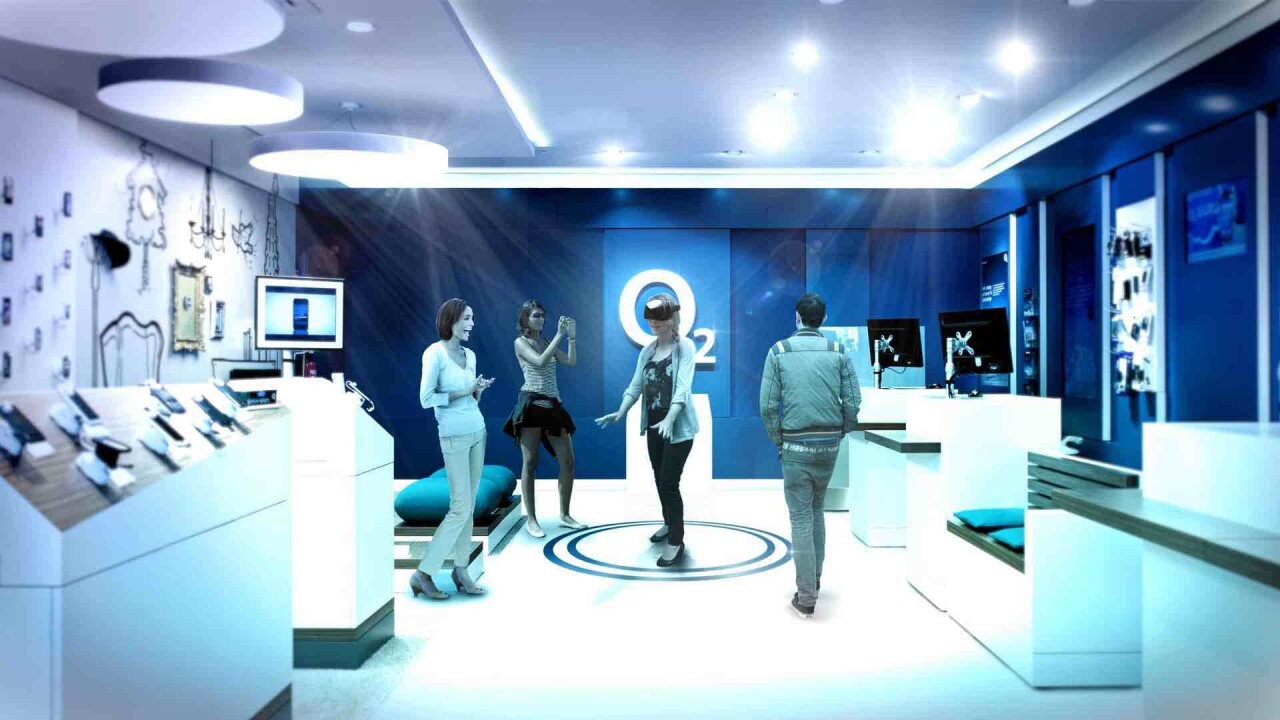For today’s retailers, understanding shifting consumer trends can make the difference between a successful quarter or a painful restructuring. After being behind the curve in embracing the transformation that online and mobile shopping brought to their business, retailers are increasingly turning to Silicon Valley to try to recapture the spark of shopper interest – everything from chatbots to virtual and augmented reality are being rolled out in storefronts across America.
The challenge for retailers however is not in embracing these new technologies, it’s in getting beyond the gimmick and making these investments relevant to their shoppers needs. The harsh reality is that consumers don’t care about what technology takes over, they do care about if retailers are using that technology to increase convenience and personalization in their shopping experience. Here lies the current disconnect between technology hype and consumer reality.
To bot or not?
Hardly a day goes by without another brand chatbot announcement – TacoBot, E.L.F. Bot, H&M Bot, DOM to name a few. Most recently at F8, Facebook’s annual developer conference, the social network doubled down on chatbots for Messenger, announcing several new bots and features. With so many bots in the market, the natural assumption is that shoppers are demanding more bots and love chatting with them. The reality is, only 19 percent of consumers are even aware chatbots exists and just nine percent think they will positively impact their shopping experience.
Online fashion retailer Everlane was one of the first Facebook Messenger partners to test chatbots. The company has recently terminated the service, saying it would rather stick with email. Part of this disconnect is being fueled by retailers’ desires to create meaningful connections with consumers, but to do so in a scalable way, which doesn’t involve adding head count to already lean teams. However, meaningful connections can quickly turn to mocking, as ASOS unfortunately learned after their chatbot’s unintentionally hilarious responses became internet memes.
It’s not that chatbots cannot be helpful, 54 percent of consumers who want to use chatbots believe they can eventually assist in customer service needs. Retailers need to understand that chatbots are still in the beginning stages of their evolution. The technology is going to continue to evolve, but for now handing over essential services like customer care, should be approached with caution by retailers or else they will risk alienating an already fickle customer base.
What’s real with virtual and augmented reality
Contrary to chatbots, virtual and augmented reality rank higher in consumer awareness and interest. Augmented reality (AR) is becoming an actual reality in the shopping journey with 58 percent of consumers desiring to see how new items look in their home before purchasing. Pureplay online retailers such as Wayfair are leveraging this consumer comfort to help close the deal with shoppers with an augmented reality based applications. They are not alone in realizing the power of AR for selling home goods. IKEA, a pioneer in augmented reality catalogs, and Pottery Barn both offer app based services that can help consumers imagine décor even when they are not in store.
Helping consumers imagine change, without the commitment, is propelling beauty brands into AR apps. When surveyed 58 percent of shoppers want to use AR to see how certain items might look in a different color before buying. Beauty giants Sephora and L’Oreal have tapped this desire to create popular AR mobile applications allowing for consumers to give themselves at home make-overs, no brushes required. Sephora is further mobilizing buyers with a new an education tool-kit in app, betting that teaching consumers how to use products using AR will increase their likelihood of buying them. These are excellent use cases of creating memorable and valuable consumer experiences with emerging technology.
This trend of teaching consumers about products as part of the retail sales process also extends into Virtual Reality (VR) technology. Surprisingly, 42 percent of shoppers want to use VR to learn more about how to use a product. Leveraging the desire to learn, Lowes is piloting VR education in their new Home Room How To store experience. Here they creating a virtual hands-on classroom for DIY projects like bathroom tiling. Taking a whimsical approach to learning, the Ikea VR Pancake Kitchen guides consumers through Ikea’s kitchen design solutions through the process of gathering ingredients and making pancakes in your own virtual kitchen.
Although the premise sounds a bit frivolous, having clients imagine themselves in their new kitchen allows shoppers to test layouts and get comfortable with design in the purchase process through delicious pancakes as a hook. What is preventing more retailers from embracing AR/VR if consumers are embracing it? In short, cost and execution. Setting up a successful campaign involves a technology pre-investment as well as the ability to find the right use case for the customer – something that peaks their interest, but ultimately shapes their decision-making.
I can do it myself – checkout evolves
Perhaps the most surprising consumer demand when it comes to shopping and technology is not what they don’t want in their shopping experience, but what they are willing to do – namely self-checkout. Seventy-one percent of consumers know about self-checkout, as retailers have been experimenting with self-checkout since the 90s, seeing it as an answer to alleviate pressure on human cashiers during peak busy periods.
The popularity of self-checkout has ebbed in recent years with some large early adopters such as Costco and CVS, rolling back their programs citing that human cashiers are simply more efficient than the technology available. Consumers though, have not given up hope – 51 percent believe is the most useful technology improving their shopping experience. Increasingly armed with mobile devices, and empowered with the information available to them in-store, along with a host of mobile payment options it is not surprising that consumers are emboldened to believe they can improve on the current retail checkout process.
The newly launched Amazon Go project seems to be betting that advances in technology, such as RFID tags, can finally bring self-service from consumer dream to retail reality. Although they are still working out some of the kinks, consumers remain curious and optimistic about self checkout’s efficiency.
Retailers across the board are looking to emerging technologies to motivate customers to purchase. The key is to move from gimmick to shopping staple by providing the convenience and personalization consumers are looking for in their shopping experience. Similar to mobile, chatbots, AR/VR and fan-favorite self-checkout are steadily going to evolve, and retailers are going to have to continue the hunt for how people will use them while shopping.
Get the TNW newsletter
Get the most important tech news in your inbox each week.





